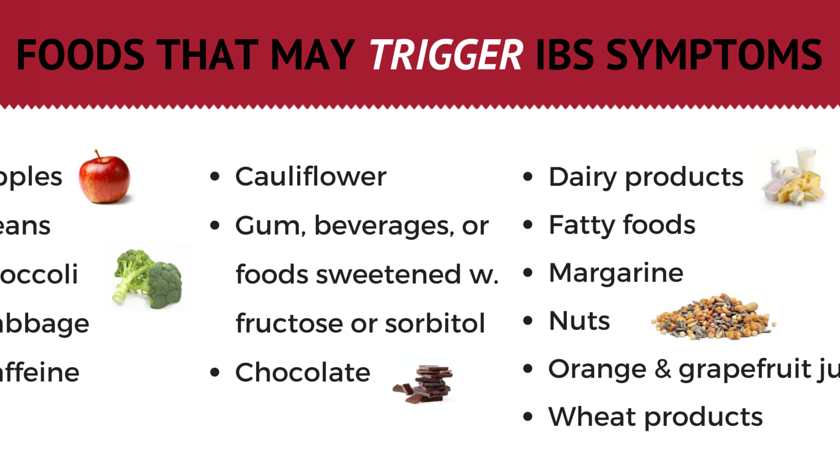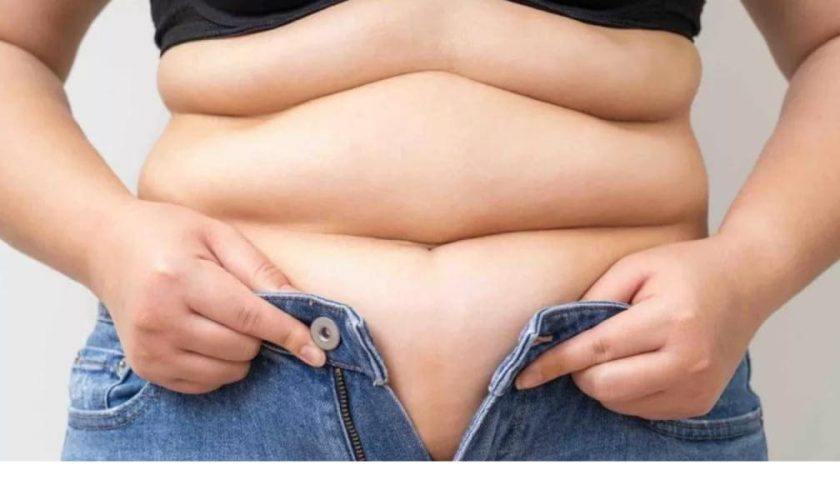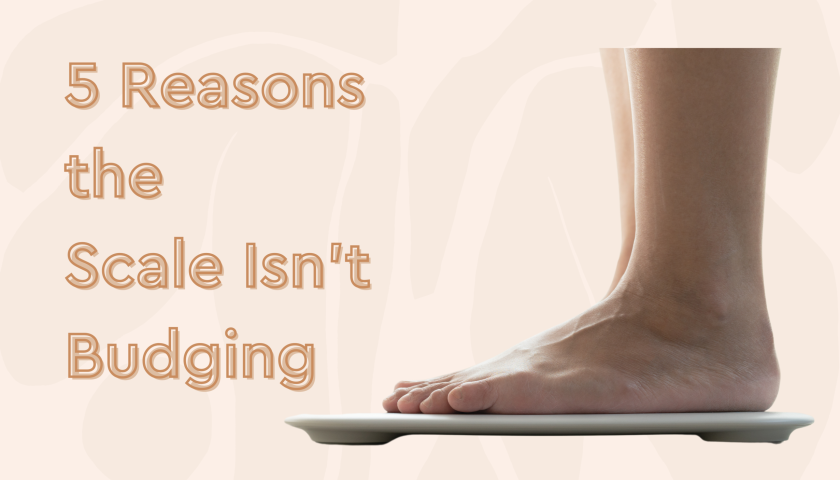Air conditioners create a barrier between the outdoor heat and the conditioned indoor space, which prevents the accumulation of heat within the living or working environment, reducing the strain on the body and minimising the risk of overheating. They provide a controlled indoor environment with lower temperatures, which helps prevent excessive heat buildup and they help maintain a comfortable and safe temperature range, especially in areas where extreme heat prevails.
However, it is important to use them responsibly and consider energy efficiency by setting the temperature at a moderate level and ensuring proper insulation to help maintain a comfortable environment without unnecessary energy consumption. Additionally, staying well-hydrated, wearing appropriate clothing and avoiding prolonged exposure to high temperatures are important measures to further reduce the risk of heat-related illnesses, even when using air conditioning since some health experts claim that your air conditioner can pose a risk of heatstroke.
In an interview, Dr Sudha Desai, Consultant Physician, General Physician and Internal Medicine at Ruby Hall Clinic, explained, “A room with air conditioning will have a temperature that is 15 to 20 degrees higher than the outside air. When someone leaves a place with a lower ambient temperature, their body does not have enough time to acclimatise to the higher temperature outside. Although sweating is the body’s principal mechanism for responding to changing temperatures, prolonged exposure to air conditioning dries up the skin and makes sweating more difficult.”
She elaborated, “Due to impaired sweating mechanisms, the elderly, children, diabetics, and people using diuretics are especially vulnerable to these temperature changes. Because of this, a sudden temperature change from an enclosed, air-conditioned facility to the outside may produce heat exhaustion, heat stroke or worse still, heat hyperpyrexia, which can harm numerous organs.”
Dos and don’ts to avoid heatstroke:
- Avoid going out in the sun, especially between 12.00 noon and 3.00 p.m.
- Drink sufficient water and as often as possible, even if not thirsty
- Wear lightweight, light-coloured, loose, and porous cotton clothes. Use protective goggles, umbrella/hat, shoes or chappals while going out in sun.
- Avoid strenuous activities when the outside temperature is high. Avoid working outside between 12 noon and 3 p.m.
- While travelling, carry water with you.
- Avoid alcohol, tea, coffee and carbonated soft drinks, which dehydrates the body.
- Avoid high-protein food and do not eat stale food.
- If you work outside, use a hat or an umbrella and also use a damp cloth on your head, neck, face and limbs
- Do not leave children or pets in parked vehicles
- If you feel faint or ill, see a doctor immediately.
- Use ORS, homemade drinks like lassi, torani (rice water), lemon water, buttermilk, etc. which helps to re-hydrate the body.
- Keep animals in shade and give them plenty of water to drink.
- Keep your home cool, use curtains, shutters or sunshade and open windows at night.
- Use fans, damp clothing and take bath in cold water frequently.






